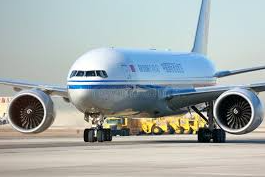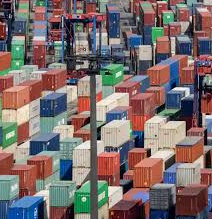Asean travel sector faces a deceleration, with China emerging as a key driver
Tourism in ASEAN countries is set to continue its recovery in the second half of 2023, but at a slower pace compared to last year and the first six months of this year, according to industry analysts.
Despite this deceleration, the tourism sector remains a crucial factor supporting economic stability and current account balances in the region, particularly as exports of goods continue to struggle. According to OCBC senior ASEAN economist Lavanya Venkateswaran, the tourism industry is expected to mitigate some of the economic downturn caused by weaker trade performance.
China is poised to be a significant driver of tourism revenue for ASEAN countries. With its outbound travel steadily increasing, Chinese visitors are expected to contribute substantially to the region’s hospitality and retail sectors.
Indonesia and Singapore, in particular, have experienced some of the strongest travel rebounds in 2023. Indonesia’s popular tourist destinations, including Bali, have seen a resurgence in international visitors, prompting the local government to introduce a US$10 tourism tax starting in February 2024 to support environmental and cultural preservation efforts.
Meanwhile, Singapore has maintained its position as a key travel hub in the region, benefiting from robust air connectivity and a steady flow of business and leisure travelers.
Although growth in regional tourism may slow, market experts remain optimistic that rising Chinese arrivals will continue to provide strong momentum for the sector in the coming months.








